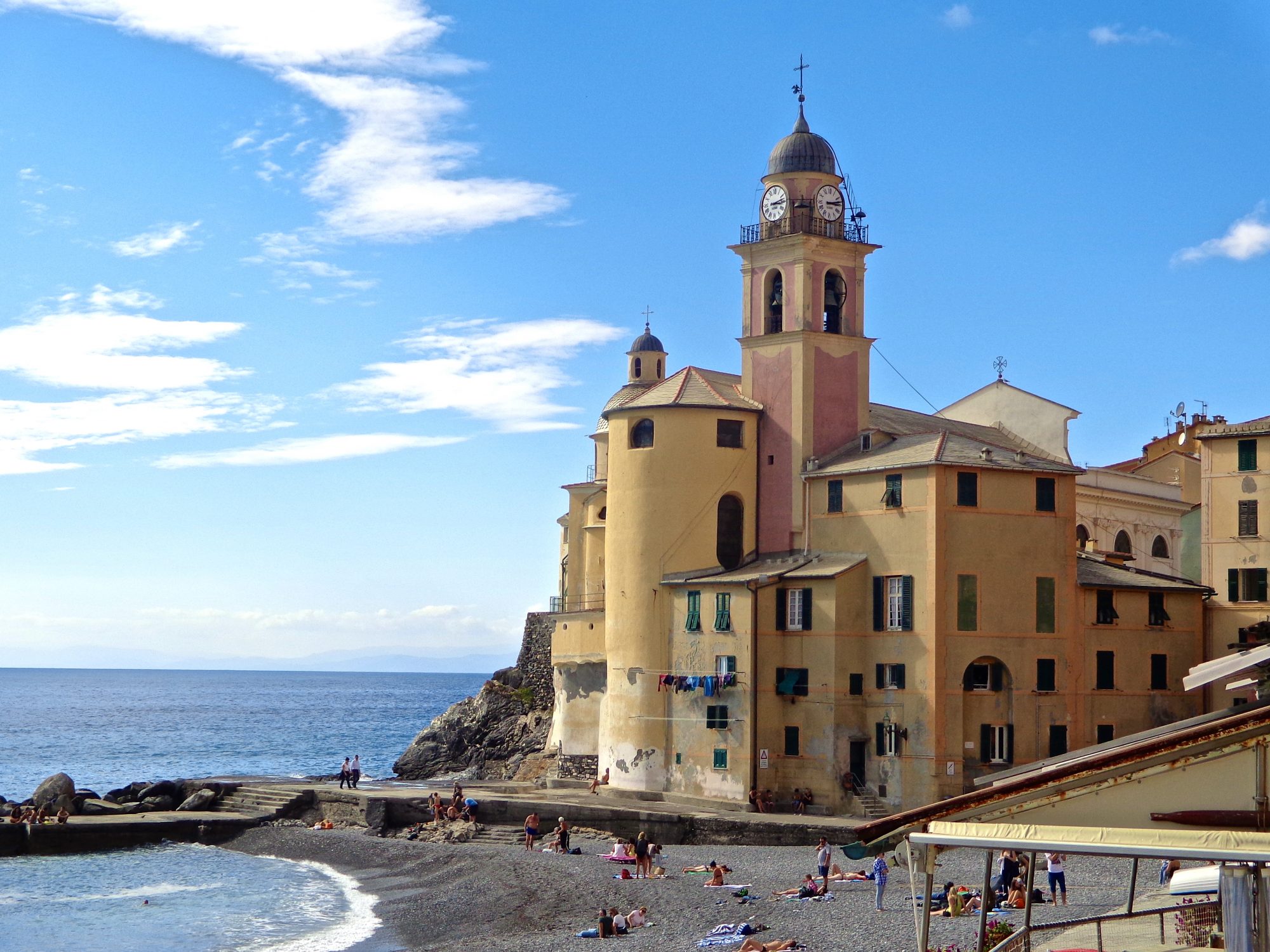How could the Beauty of Art and the Darkness of Life dwell within a single person? Who was this man gifted with heavenly talent that chose to walk the dark earthy streets of night?
“All works, no matter what or by whom painted, are nothing but bagatelles and childish trifles… unless they are made and painted from life, and there can be nothing… better than to follow nature.”
Caravaggio
Michelangelo Merisi da Caravaggio lived a brief and tumultuous life as a great Italian painter. Born September 29, 1571 in Milan, he trained as a painter under Simone Peterzano, who in turn trained under the famous painter Titian. Caravaggio became active as a painter in Rome, Naples, Malta and Sicily from 1592 until his death in 1610. He produced masterpieces of astonishing complexity and power, advancing the Baroque style to include portrayals of real people of the streets surrounded by stark emotional truth.

Ominous, obscure and gloomy–these are words that describe Caravaggio’s dark paintings. Radical by nature, his revolutionary art reflected chiaroscuro in an extreme form. His dramatic, theatrical use of the shift from light to dark became known as Tenebrism. As a result, he took Rome by storm in 1600 with his depictions of the Martyrdom of Saint Matthew and the Calling of Saint Matthew. Beyond this point, he had more commissions from patrons then he could handle. Unfortunately, he squandered his success. He fled Rome in 1606, after he was involved in a brawl in which he killed a man.
I used to be disturbed by Caravaggio’s paintings until I got to know who he was. A man of the streets, whose short life was shadowed by mystery and intrigue, Caravaggio was constantly in trouble with the law. Over his lifetime, he vandalized his own apartment, spent time in jail on several occurrences, and eventually had a death warrant circulated on him by the Pope.

Caravaggio’s death remains an unsolved mystery to this day. For such a dramatic individual, it’s fitting for him that his departure would be obscure. What we do know is that he was en route by boat from Naples to Rome in hopes of receiving a pardon by the Pope. Beyond this point nothing is for certain.
On July 28th of 1610, an anonymous newsletter from Rome arrived at the ducal court of Urbino announcing the death of Caravaggio. A few days later another newsletter claimed he died of fever. A recent researcher claims to have found a death notice that Caravaggio had died of fever near Grosetto in Tuscany. In 2010 human remains in the same area are said to be 85% likely to be Caravaggio’s after testing his DNA, using carbon dating and other analysis.
His death at the age of 38 include theories such as malaria, intestinal infection, murder, and lead poisoning, all considered possible causes of death. Paints during his time contained high amounts of lead salts which can cause violent behavior such as Caravaggio displayed throughout his lifetime.
Could he have been killed in cold blood by the Knights of Malta to avenge an attack on one of their members? According to Professor Vincenzo Pacelli, Italian historian and expert on Caravaggio, the order hunted him down because he had seriously wounded a knight. To back up his theory, Pacelli discovered documents from the Vatican Secret Archives and from archives in Rome suggesting the Knights of Malta had murdered Caravaggio and threw his body in the sea at Palo, north of Rome.
The Knights of Malta were an order founded in the 11th century to protect Christians in the Holy Land. Caravaggio was actually made a member of the order but, by 1608, he was in prison, probably for wounding a knight. He was expelled from the order and put in a castle dungeon. However, his release from the dungeon remains baffling.
Controversy still exists over this theory. Dr. John T. Spike, a Caravaggio expert at the College of William and Mary in Williamsburg, Virginia, remains sceptical. He believes that if the knights had wanted him dead, they had many opportunities to kill him sooner. Dr. Spike thinks the artist was likely killed in a brawl and his body dumped, which would explain the lack of an existing death certificate.
Caravaggio created several self-portraits, including Salome with the Head of John the Baptist, depicting his own head on the platter, and David with the Head of Goliath, again showing his own head as that of the giant’s.
Caravaggio’s masterpieces, although dark, are fantastic. He employs theatrical drama and sinister shadows to intrigue and draw one in. He has a statement to make, and there is no mistaking what he intends to communicate. Like a beautiful web, you find yourself transfixed. There is no one like him. His art is unmistakable.
Rome offers several walking tours that explore the art of Caravaggio which are displayed throughout the city. Walks Inside Rome has designed a tour called Caravaggio in Rome intended to discover the many locations in Rome where Caravaggio’s artwork can still be seen. Included in the tour are San Luigi dei Francesi with the three paintings devoted to the Story of St. Matthew, followed by San Agostino and the Madonna of Loreito. The Villa Borghese also hosts some of Caravaggio’s finest masterpieces dating across his entire career.
Caravaggio Art Walking Tour of Rome with Wine Tasting is an alternative tour that ends with a social time of wines and appetizers at a local wine bar.
Related Articles:
* Caravaggio Video of Artworks
* Caravarrio, Michelangelo Merisi da
* Caravaggio Tour-paintings, museums, churches and art history
